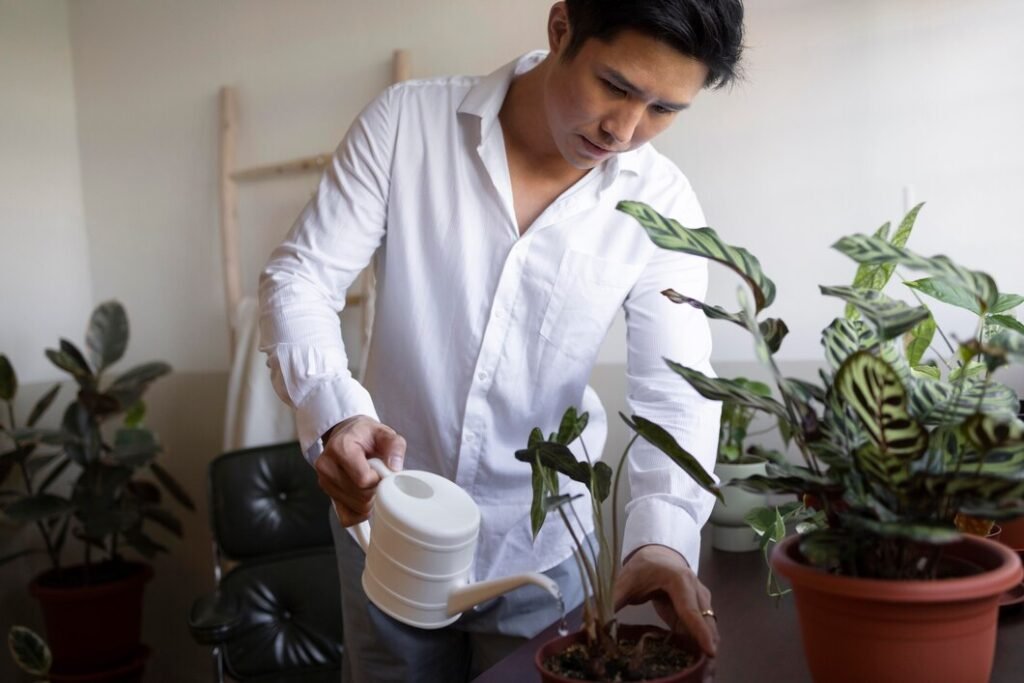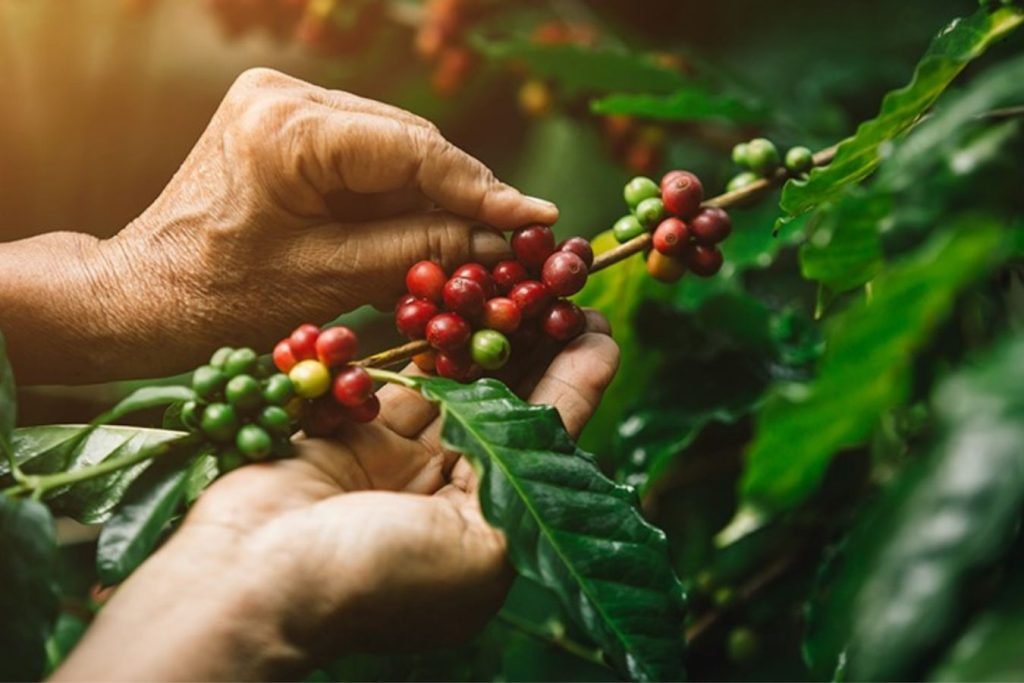Coffee is the most popular beverage in the world and it is used for a variety of dietary and health benefits. The coffee plant grows in many parts of the world, including South America, Africa, Asia, Europe, and North America.
It grows in the wild and can be found in most temperate regions of the world. It has an evergreen, woody stem that grows up to about 5 meters tall. The coffee plant produces a large number of flowers and fruit, which is what gives coffee its distinctive flavor.
The benefits of coffee are endless, including keeping you warm and alert when it is cold outside, staving off thirst in remote areas, giving you energy when you are hungry, and even acting as an antidote to poisons.
Coffee is the most popular beverage globally. It is used for various dietary and health benefits. The coffee plant grows in many parts of the world, including South America, Africa, Asia, Europe, and North America.
It grows in the wild and can be found in most temperate regions worldwide. It has an evergreen, woody stem that grows about 5 meters tall. The coffee plant produces a large number of flowers and fruit too, which is what gives coffee its distinctive flavour.
The benefits of coffee are endless, including keeping you warm and alert when cold outside, staving off thirst in remote areas, giving you energy when hungry, and even acting as an antidote to poisons.

4 Different Types Of Coffee Plants
Coffee plants are popular houseplants that can be grown coffee plants indoors or outdoors. There are four main types of coffee plants: Arabica coffee plant and Robusta coffee plant, Exelsa coffee plant, and Liberica
coffee plant.
Arabica Plant
Arabica is the most popular coffee plant, producing coffee beans with a mild flavour and aroma. It grows best in warm climates with plenty of sunlight and well-drained soil moisture. Arabica beans require regular pruning and fertilizing to keep them healthy.
Robusta Plant
Robusta is a hardier variety of coffee plants that tolerates colder temperatures and less direct sunlight than Arabica plants. It produces beans with a stronger flavour and aroma but also requires regular pruning and fertilizing to stay healthy.
Exelsa Plant
Excelsa is a coffee plant that can be grown in a greenhouse. It is an exciting new coffee plant that can be grown in any climate. It is a small, fast-growing plant with a short life span of about two years. The fruit is attractive and dark green, with a shiny yellow or orange beak.
Liberica Plant
The liberica coffee plant is a species of coffee tree that has been cultivated for centuries. It is grown in many different countries and grows well in many different climates. However, it is grown in a much smaller market than the other coffee plants. It is also not as popular to drink as the other three species of coffee plant. Liberica has a dark and lush appearance compared to the other species of coffee trees.
How To Grow Coffee Plants

Coffee plants are a great addition to any home garden. They can provide a unique and interesting look and a delicious cup of coffee. Growing coffee plants is relatively easy, but there are some important steps to ensure your plant thrives.
- First, you must find the right soil type for your coffee plant. Coffee plants prefer acidic soil with a pH of 6.5-7.0 and should be planted in well-draining soil. You can also add organic matter, such as compost or manure, to the soil to help improve drainage and aeration.
- Second, you will need to provide your coffee plant with adequate light. Coffee plants prefer bright, indirect sunlight and should be placed near a south-facing or uncovered south-facing window.
- Third, ensure that your coffee plant has proper drainage holes and a drainage layer at the bottom. Adequate drainage is essential for healthy roots and for preventing root rot.
- Fourth, you will need to maintain ideal conditions for your coffee plant. Coffee plants prefer humidity conditions and should be watered regularly with ample water. The soil should be kept moist but not soggy. Coffee plants must also be fertilized every two weeks with a balanced fertilizer.
- Fifth, you will need to keep the temperature of your coffee plant in mind. Coffee plants prefer temperatures between 65-75°F (18-24°C). If the temperature drops below 60°F (15°C), it can cause damage to the plant.
- Finally, you will need to prune your coffee plant regularly. Pruning helps to keep the plant healthy and encourages new growth. Make sure to remove any dead or damaged branches and leaves and any branches growing in an undesirable direction.
You can ensure successful coffee plant growth by following these steps.
5 Things To Consider In Taking Care Of Coffee Plant

Whatever coffee plant you choose, proper care is essential for keeping it healthy and producing delicious beans.
Here are some tips for taking care of your coffee plant:
- Provide plenty of sunlight. Coffee plants need at least six hours of direct sunlight daily to thrive.
- Water regularly. Coffee plants should be watered once a week or more often in hot weather. Allow the soil to dry out between watering.
- Fertilize monthly. Use a balanced fertilizer to give your coffee plant the nutrients it needs to stay healthy.
- Prune regularly. Pruning helps keep your coffee plant from becoming overgrown and encourages new growth.
- Watch for pests. Coffee plants are susceptible to pests such as aphids, mealybugs, and spider mites. If you notice any of these pests on your plant, treat them immediately with an appropriate insecticide.
These tips will help ensure your coffee plant stays healthy and produces delicious beans for years.
Indoor Plant Vs. Outdoor Plant
Regarding taking care of a coffee plant, there are some important differences between indoor and outdoor plants. Indoor coffee or coffee house plants require more attention than outdoor plants because they are not exposed to natural elements like direct sun, rain, and wind.
They must be watered regularly and kept in an area with plenty of light. The temperature should be between 65-75 degrees Fahrenheit, and the soil should be moist but not soggy.
Outdoor coffee plants are more resilient and require less maintenance than indoor plants. They must be watered regularly but can tolerate more extreme temperatures and weather conditions. The soil should be well-drained and fertilized every few months to ensure healthy growth. Pruning is also important for outdoor coffee plants, as it helps keep them from becoming overgrown.
Conclusion
The coffee plant is a crop that grows in the tropical region of the world. With proper planting and knowing the best coffee plant care, You’ll have an abundant harvest of coffee plants.
Was this article helpful? Let us know in the comments.
FAQs
How often should a coffee plant be watered?
Coffee plants want to be dry, so water them every one to two weeks, letting the potting soil half-dry in between. In higher light, you’ll need to water more frequently; in lower light, you will less frequently. But before giving it a drink, always stick your finger into the ground to measure the moisture content.
How can I tell if my coffee has too much water in it?
Yellow or drooping leaves are a sign that your coffee plant is receiving too much water. Remove the yellow leaves to avoid wasting energy on this part of the plant. It is always a good idea to check the soil’s moisture before you water it.
How can a coffee plant be revived?
Lack of humidity in the air and the leaf’s natural tendency to dry out are two factors that may be causing a coffee plant’s leaves to turn brown. Fortunately, this problem may be fixed by giving the plant a thorough spray every few days. A humidifier or pebble tray can also aid in raising the humidity level in a space.




